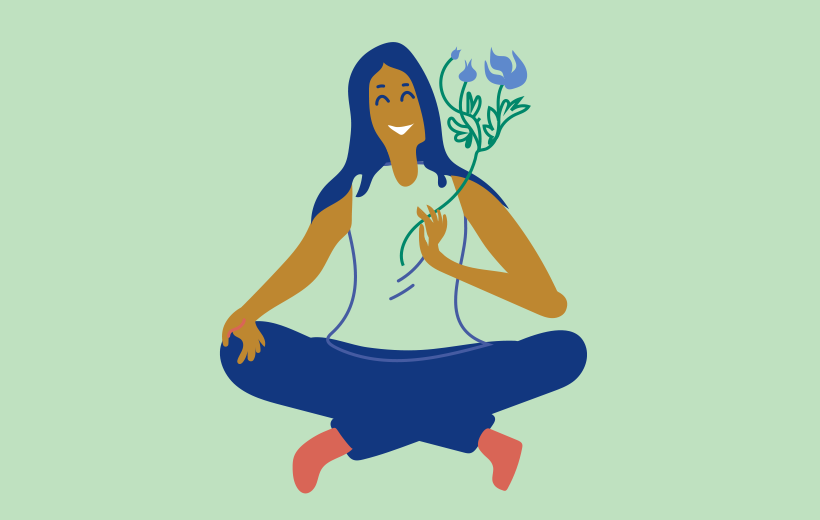Is My Meditation Practice Improving?
From Mingyur Rinpoche’s Teachings • 2 min read
From Mingyur Rinpoche’s Teachings • 2 min read

It’s natural to wonder if our meditation practice is improving. There’s not exactly a barometer that can give us an exact reading. There’s no special sign – like a “ding dong” sound – that rings to indicate progress! However, we can get an idea if we look at how we relate to the world around us. If we’re more open, more flexible, and more peaceful — those are favorable signs. Then, we could say we are headed in the right direction.
COMING HOME
Sometimes, there’s a misunderstanding about the state of peacefulness and what that looks like. It’s not the temporary “high” that comes from drinking a nice cup of coffee or going on a vacation. Those states are dependent on outside conditions, which change. Here, when we speak about peacefulness, we mean a deep state of contentment. When we are more in touch with our innate qualities — awareness, compassion, and wisdom — we begin to feel we are coming home. And that feeling of coming home is deeply settling.
WE GO WITH THE UPS AND DOWN
We find that the things that bothered us before aren’t so bothersome. That’s the special sign (the ding dong sound!) that the practice is working! Maybe a roommate didn’t do the dishes and left them piled in the sink. Or we missed a plane connection. Of course, it’s more challenging when the situations get more serious, but overall, we find the ups and downs of life are more manageable.
SEEING WITHOUT PRECONCEPTIONS
As we practice, we become more kind and compassionate and begin to see things more clearly. In our everyday lives, this might mean that when we meet someone we know — or don’t know — there are fewer prejudgements and preconceptions about what to expect from the conversation. We enter the conversation with an open mind. There’s training required for this.
GAINING FAMILIARITY
The first step of that training — the Joy of Living — is about calming the mind so we can see what is actually witnessing what is happening within the mind. We refer to this as calm abiding practice. Once the mind begins to settle, the next step is insight practice. That’s when we begin to look at our minds in order to see the nature of reality. It’s possible to get a glimpse of our true nature, but it takes time, patience, and, most of all, practice.
Learn meditation under the skillful guidance of world-renowned teacher Yongey Mingyur Rinpoche at your own pace.


Meditation practice, like a relationship, unfolds gradually and requires patience, curiosity, and a willingness to engage with its layers over time. By understanding our own learning process, staying connected to the deeper meaning of practice, and adapting when challenges arise, we can sustain motivation and develop a lasting, meaningful connection with our path.

“Mindfulness meditation” is omnipresent these days. Some of these programs are based on traditional meditation practices, others are what you might call “New Age,” and others have been invented out of whole cloth. There exists at least one program claiming it will get you enlightened in seven days! But is mindfulness the same thing as…

What if becoming a householder yogi—a spiritual seeker embedded in real-world responsibilities—could help you find calm amidst the noise of modern life?
If you enjoyed reading our articles, please join our mailing list and we’ll send you our news and latest pieces.